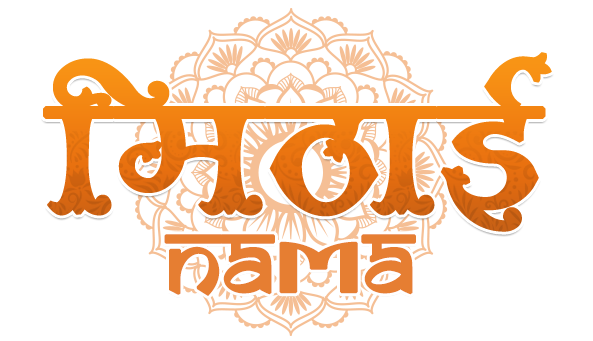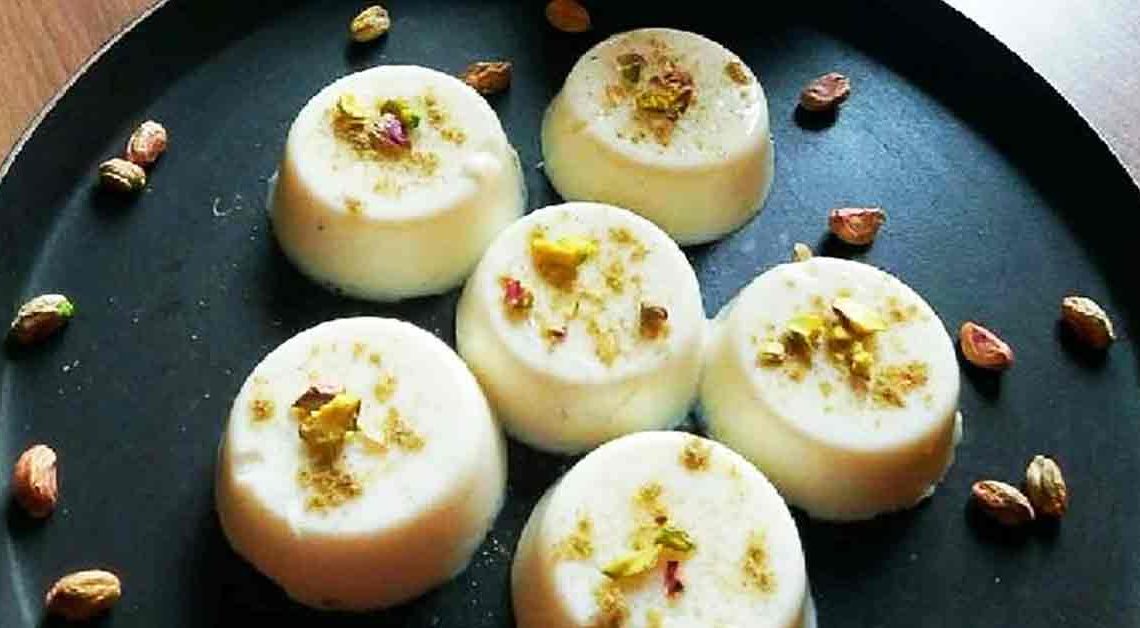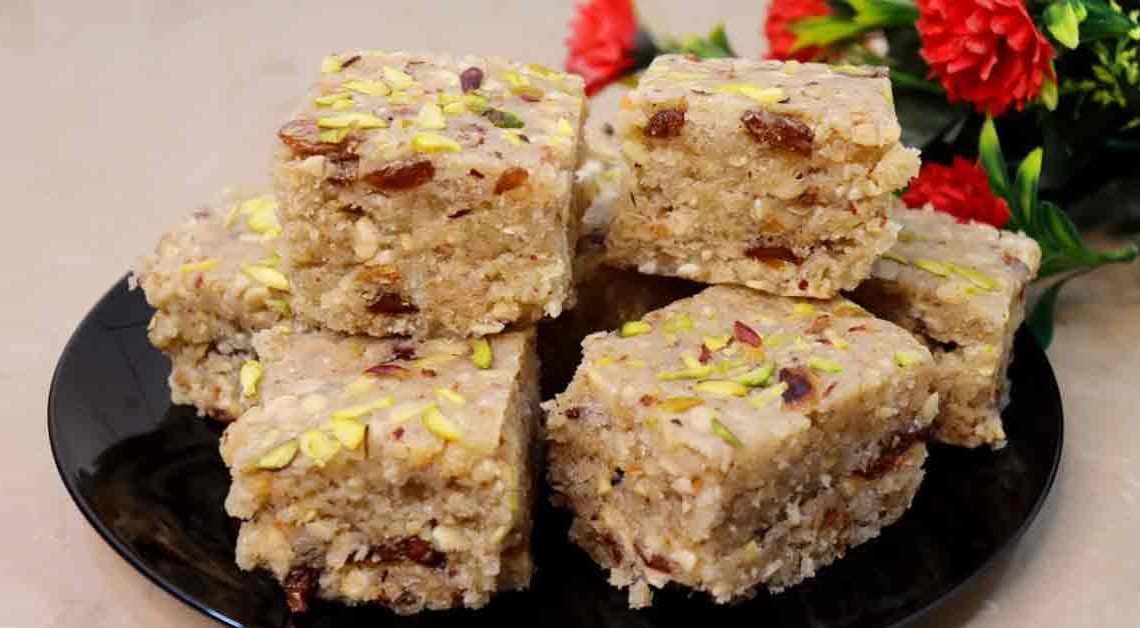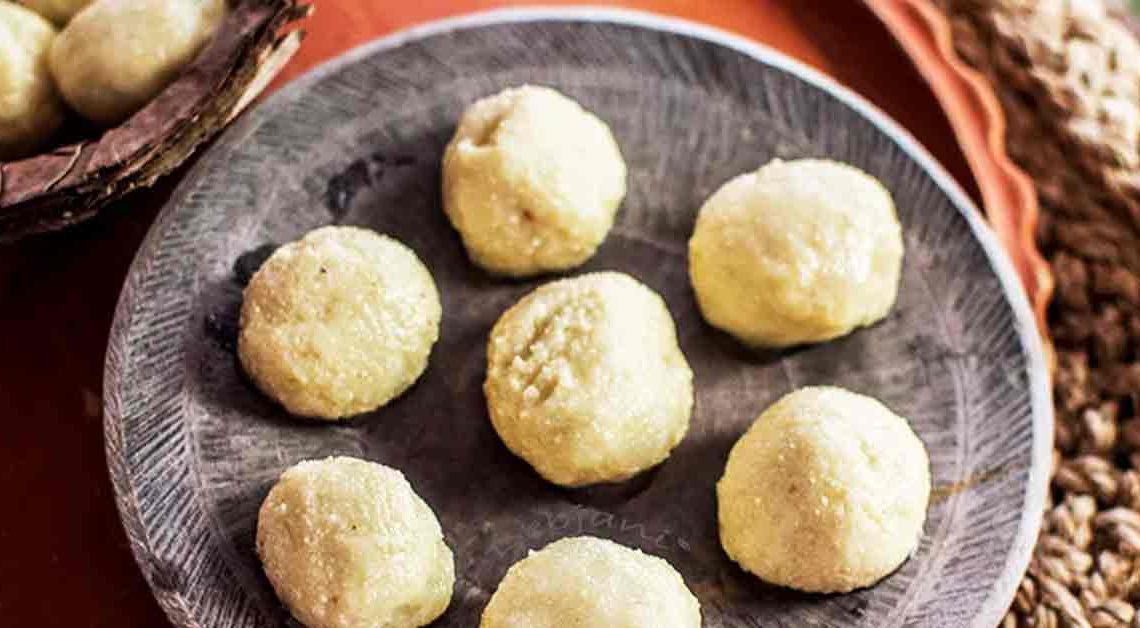Modak: The Sweet Delight of Lord Ganesha
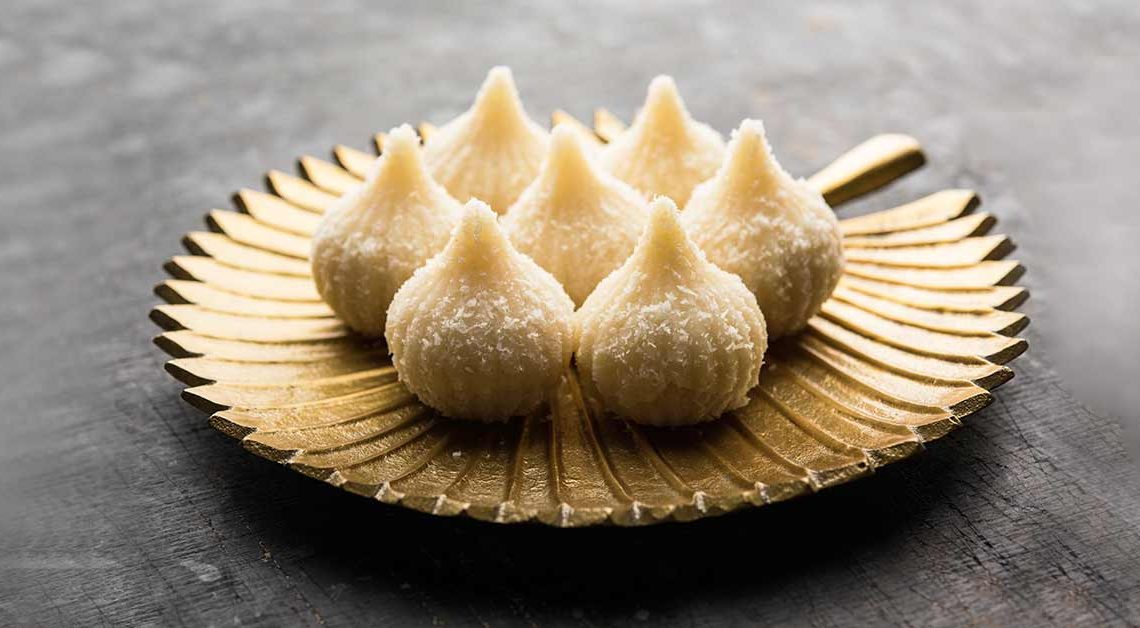
Welcome to Mithainama, Modak is one of the most beloved and iconic sweets in Indian cuisine, and for good reason. This delectable dessert is made from rice flour or wheat flour and stuffed with a sweet filling, typically made with jaggery and coconut, before being steamed or fried to perfection.
The beauty of the sweet lies not only in its delicious taste but also in its cultural and religious significance. In Hindu mythology, the sweet is said to be Lord Ganesha’s favorite sweet, and it is often offered as a prasad (offering) during various festivals and ceremonies.
But this sweet isn’t just a religious delicacy – it has also evolved over time to include a wide variety of innovative and modern flavors. From chocolate and caramel to peanut butter and Nutella, there’s a unique flavor out there for everyone.
In this food blog, we’ll explore the rich history and cultural significance of the sweet, as well as share different variations and techniques for making this beloved dessert at home. Whether you’re a modak enthusiast looking to expand your repertoire, or a newbie looking to try this sweet treat for the first time, this blog is for you. So let’s dive in and discover the wonderful world of sweets together!
Origin of Modak
The origin of the sweet can be traced back to ancient India. The Indian epic, the Mahabharata, mentions this sweet as a food that was offered to the gods. According to Hindu mythology, the sweet is considered to be the favorite sweet of Lord Ganesha, who is also known as the god of wisdom and prosperity. Legend has it that when Lord Ganesha was a child, his mother, Goddess Parvati, prepared this sweet to please him. Since then, this sweet has become an important part of Hindu culture and is often prepared during festivals and religious ceremonies.
History of Modak
The sweet has a long and rich history that dates back several centuries. It is believed that this sweet was first prepared in the Indian state of Maharashtra, and it has been a popular sweet in the region for many years. Over time, the sweet has evolved, and different variations have emerged. In Gujarat, Fried Modak is a popular sweet that is often served during weddings and festivals. In Goa, the sweet is prepared with a filling made from coconut and jaggery and is a popular sweet among the local population.
The sweet has also been mentioned in many ancient texts, including the Brihat Samhita, an Indian astronomical and astrological text written in the 6th century AD. The text mentions that this sweet as a sweet that is offered to the gods during religious ceremonies.
The sweet has played an important role in Indian culture and tradition. During Ganesh Chaturthi, which is celebrated for ten days in India, people prepare this sweet as an offering to Lord Ganesha. It is believed that offering this sweet to Lord Ganesha brings good luck and prosperity to the household.
Cultural Significance of Modak
The sweet is considered to be a symbol of Lord Ganesha’s wisdom and intelligence. According to the Hindu mythology, Lord Ganesha had once challenged his brother, Kartikeya, to a race around the world. Kartikeya accepted the challenge and started running. But Lord Ganesha, who was more intelligent, decided to go around his parents, Lord Shiva and Goddess Parvati, and claimed victory. As a reward, Goddess Parvati prepared modak for Lord Ganesha, and it became his favorite sweet.
This sweet is also associated with good luck and prosperity. During Ganesh Chaturthi, which is celebrated for ten days in India, people prepare this sweet as an offering to Lord Ganesha. It is believed that offering this sweet to Lord Ganesha brings good luck and prosperity to the household.
Where Modak is Famous?
It is a popular sweet in India, and it is especially famous in the western states of Maharashtra, Gujarat, and Goa. In Maharashtra, Ukadiche Modak is a popular sweet that is prepared during Ganesh Chaturthi. In Gujarat, Fried Modak is a popular sweet that is often served during weddings and festivals. In Goa, the sweet is prepared with a filling made from coconut and jaggery and is a popular sweet among the local population.
Famous Varieties of Modak
The sweet has evolved over time, and there are many different varieties of the sweet available today. Some of the popular varieties are:
- Ukadiche Modak: This version is a traditional Maharashtrian sweet that is made with steamed rice flour and filled with a mixture of jaggery and coconut.
- Fried Modak: This version is a crispy and crunchy version of the sweet that is made by deep-frying the sweet in oil. It is a popular sweet in Gujarat and Maharashtra.
- Chocolate Modak: This is a modern twist to the traditional sweet that is made with a chocolate filling. It is a popular sweet among kids and is often prepared during festivals.
- Dry Fruit Modak: This version is a healthier version of the sweet that is made with a mixture of dry fruits and nuts. It is a popular sweet among health enthusiasts.
Interesting Facts and Trivia Related to Modak
- The sweet is believed to have originated in the state of Maharashtra, India.
- This sweet is often prepared during Ganesh Chaturthi, which is celebrated to honor Lord Ganesha.
- The word “modak” is derived from the Sanskrit word “modakam,” which means “delightful.”
- This sweet was traditionally made with rice flour or wheat flour, but other variations include semolina or maida flour.
- The filling for this sweet is typically made with coconut and jaggery, but there are many variations with different types of fillings such as dry fruits, chocolate, or peanut butter.
- The Sweet is also known as “kudumu” in the southern Indian state of Andhra Pradesh and “karanji” in the western Indian state of Maharashtra.
- According to Hindu mythology, Lord Ganesha is said to have a sweet tooth, and it is his favorite sweet.
- It is not only a sweet but also has a savory version called “ukadiche modak,” which is filled with spicy and savory stuffing.
- Competitions of making this sweet are held during Ganesh Chaturthi, and winners are awarded prizes for the most innovative and creative designs of it.
- The Guinness World Record for the largest modak was set in 2011 in Pune, Maharashtra. It weighed around 1,369 kilograms and was 6 feet tall.
